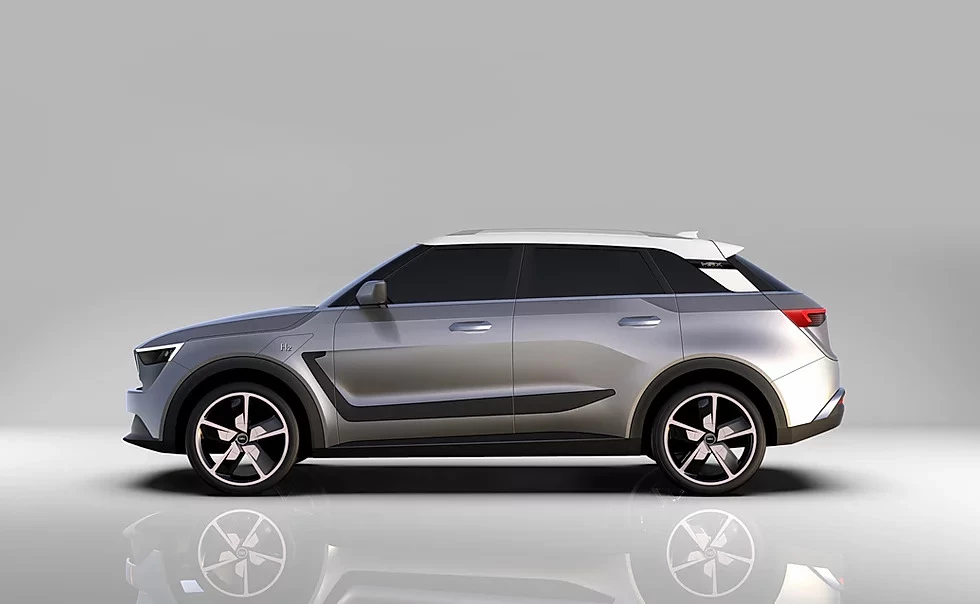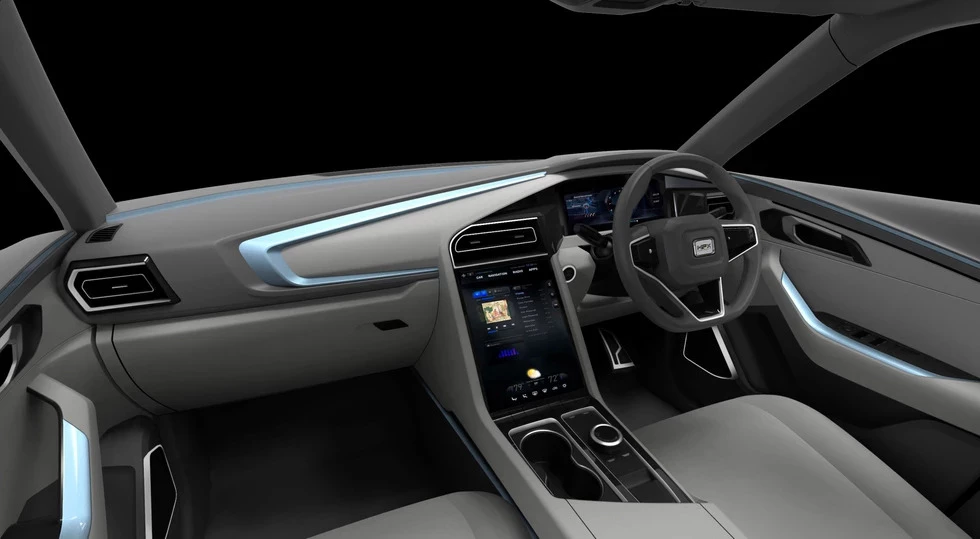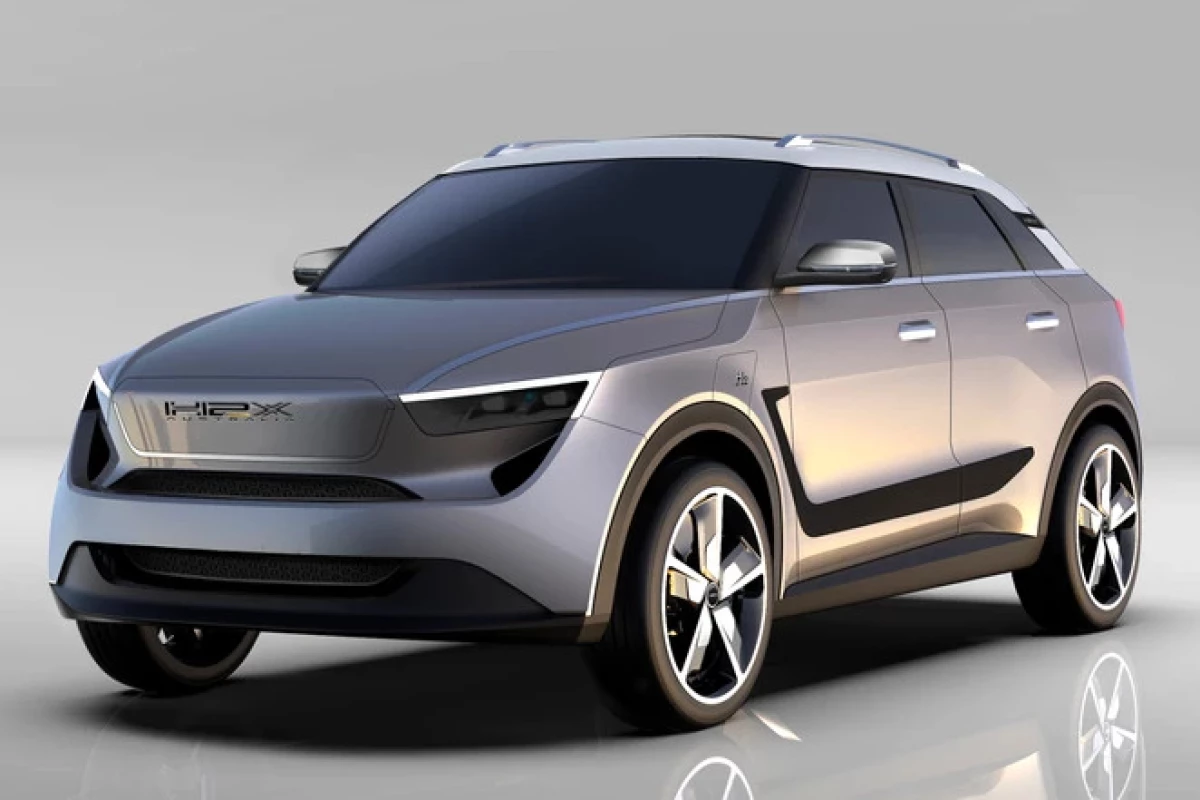The hydrogen fuel cell car is not dead yet; indeed, a new Australian company has just launched, promising to build industrial vehicles and passenger cars using fuel cell/ultracapacitor hybrid electric powertrains, with a "Snowy" SUV coming in 2022/3.
H2X Australia recently popped up out of stealth mode claiming to have several prototype fuel cell vehicles built, and a team of 70 on the books, with 100 more hires to come by the end of the year and a target of 5,000 employees by 2025.
Founders Brendan Norman and Chris Reitz have certainly done the rounds of the automotive industry, Norman having held CFO positions at BMW Financial Services Korea, Audi Volkswagen Singapore, Audi Japan KK, Volkswagen Group Saudi Arabia, as well as Operations Manager at Infiniti Europe Middle East Africa, and Reitz having been a designer for Volkswagen, a Chief Designer at Audi AG and Nissan Design Europe, and a design director at Fiat/Alfa Romeo.
The pair have worked together previously, among other things as founders of Grove Hydrogen Automotive in Wuhan, China. Grove claims it'll have its luxury Granite sedan on the roads in China by 2021, and an Obsidian SUV also appears to be at an advanced stage.
H2X says it plans to build two heavy vehicles first, ready to "run on the set city and interstate routes for major transport companies," since Australia's current hydrogen fueling infrastructure is virtually non-existent. The first pump in the country was announced last year, in the Australian capital of Canberra, with talk of a station each in Melbourne and Sydney to follow. Clearly, much needs to be done before anyone can really use a fuel cell car on Australian roads.

Following those will come the Snowy SUV, a front-wheel-drive family car making a peak power of 190 kW (255 hp) and offering a range of around 650 km (403 mi) NEDC out of 5 kg (11 lb) of hydrogen. The hydrogen itself – 5 kg of it – will be stored in type 4 high safety tanks at 700 bar (10,150 psi) of pressure.
The car's PEM fuel cell, made by Elring Klinger, is capable of producing a continuous 60 kW (80 hp) of electric power. There also appears to be some amount of lithium battery on board as a buffer, since it also offers plug-in charging, and significant burst power and high-efficiency regenerative braking are possible thanks to a Skeleton Tech graphene ultracapacitor.
H2X says it'll have adaptive cruise, auto emergency braking, lane change assist, brake force distribution, electric seats, a 13-inch infotainment screen with Android Auto and Apple CarPlay, as well as an eight-speaker sound system and anti-microbial surfacing throughout the interior.

If H2X manages to get a new car manufacturing concern up and running in Australia, it'll certainly be bucking the trend. The vast majority of Australian auto manufacturing has succumbed to global price pressures and collapsed in recent decades. Adding a difficult technology like hydrogen, for which the fueling infrastructure doesn't yet exist, places a huge bonus difficulty multiplier on top.
The only other hydrogen cars currently available in Australia are the Hyundai Nexo and Toyota Mirai which both companies are currently selling only to organizations with their own hydrogen production or fueling gear. But Australia is pushing to rebrand itself as a hydrogen exporter, with a number of production and hydrogen transport initiatives in the early stages, so there remains a chance that the technology could take off domestically in the auto market.
Source: H2X Australia





